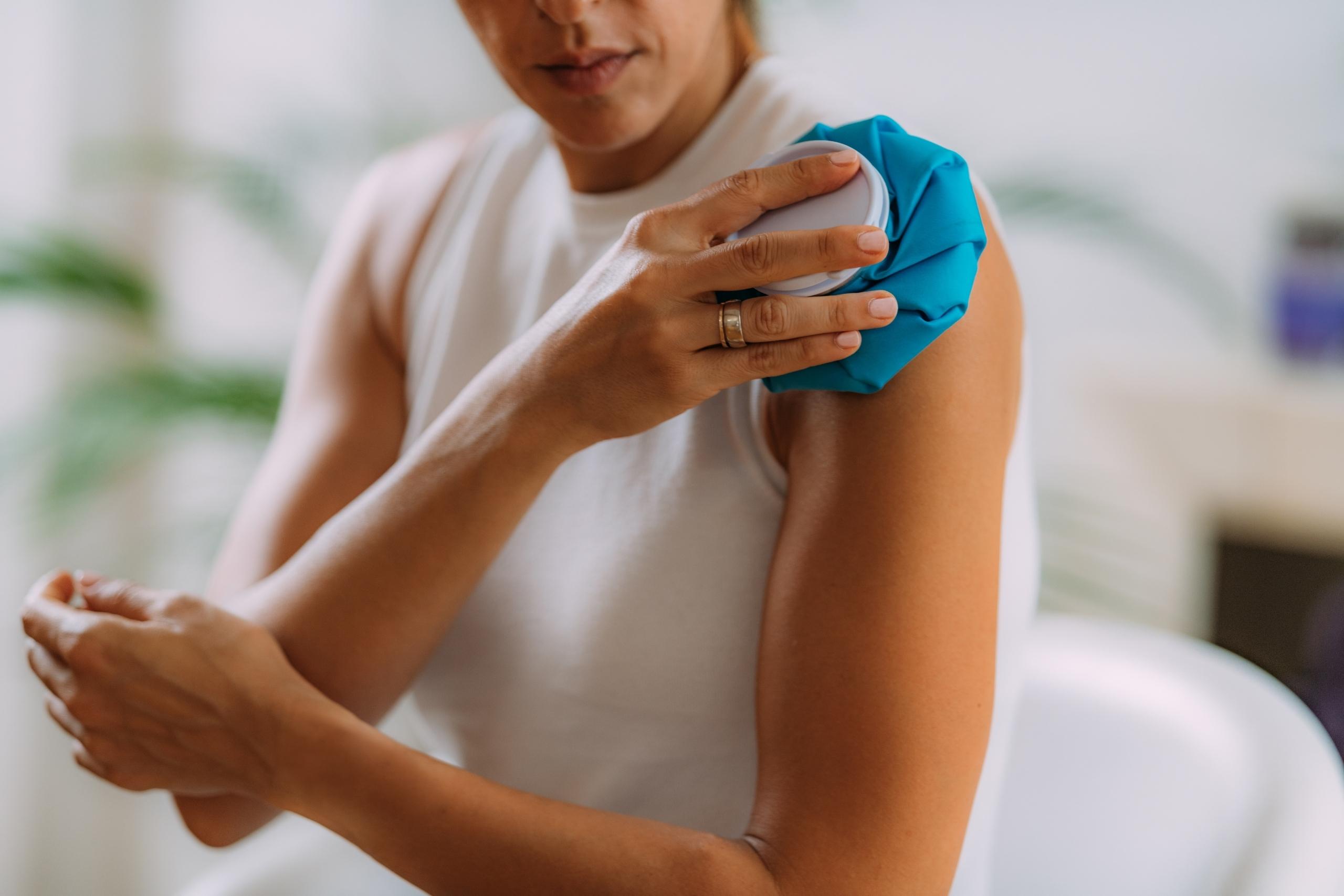What Is Cold Therapy and How Does it Promote Healing?
16th Oct 2023

Cold therapy is a proven way to reduce pain, swelling, and downtime after surgery or injury. Doctors recommend it. Athletes rely on it. And rehab patients across the country use it every day.
Whether you’re healing from a joint replacement or a torn ligament, cold therapy can speed up your recovery and help you feel better, faster. Here’s what you should know—and how to get the right equipment for your recovery.
What Is Cold Therapy?
Cold therapy uses cold temperatures to control pain, swelling, and inflammation. It’s one of the simplest, most effective tools in recovery care.
Here’s how it works. When you apply cold to an injured area, blood vessels tighten. This process, called vasoconstriction, limits blood flow and reduces swelling. At the same time, the cold slows down nerve signals, which helps numb pain. It also decreases cellular activity, which can prevent further tissue damage right after an injury or surgery.
Cold therapy isn’t just for sprained ankles. It plays a key role in orthopedic recovery, especially after surgeries like ACL repair, joint replacement, or rotator cuff repair. It helps manage pain without heavy medication and supports faster healing. Whether you're recovering from surgery or dealing with a fresh injury, cold therapy gives your body a better chance to heal cleanly and efficiently.
How Cold Therapy Supports Healing
- Reduces swelling and inflammation: Cold therapy slows blood flow to the injured area, which helps minimize swelling and inflammation—especially important in the early stages of recovery.
- Relieves pain naturally: The cold numbs the area and calms nerve activity, providing effective pain relief without relying heavily on medications.
- Promotes better mobility: Less swelling and pain mean it’s easier to begin gentle rehab exercises, which supports faster and more complete recovery.
- Versatile for many types of injuries: Effective for shoulders, knees, hips, ankles, and more—cold therapy can be customized for nearly any joint or injury.
- Improves overall recovery outcomes: When used correctly, cold therapy helps speed up recovery, reduce downtime, and improve comfort during the healing process.
Types of Cold Therapy Used in Rehabilitation
Ice Packs and Gel Packs
These are the standard options for quick relief. They’re easy to grab from the freezer and apply directly to the injured area. You can find them in most households or drugstores. But they melt fast and don’t offer much control over temperature or coverage. They're fine for minor sprains or bruises—not ideal for more serious recovery.
Cold Therapy Machines
Cold therapy machines take things up a level. They circulate cold water through a pad or wrap, delivering steady, even cooling over time. Unlike gel packs, they don’t warm up after ten minutes. You can use them for extended sessions without interruptions. They’re especially helpful after joint surgeries, like knee replacements or rotator cuff repairs, where cold therapy makes a big difference in swelling and pain. Medical professionals often recommend them for post-op care.
Similarly, cryo cuffs and wraps are a great way to find targeted recovery. They combine cold therapy with gentle compression, which helps push swelling out of the joint. The fit is snug and secure, which also means better coverage. Most models are made for knees, shoulders, and ankles—places that often need both cooling and support. They're easy to use and great for home recovery.
Possible Contraindications
As effective as it can be, cold therapy isn’t right for everyone. People with poor circulation, nerve damage, or certain vascular conditions should talk to a doctor before using it. Cold therapy can make these issues worse. If you have diabetes or Raynaud’s disease, use extra caution. Never apply cold therapy directly to the skin or for too long—this can lead to frostbite or skin damage. Fortunately, several of our cold therapy machines at the medcom group come with timers that help prevent overuse. When in doubt, check with your provider before starting any cold treatment at home.
How to Use the NICE1 Cold Therapy Machine
One of our most recommended cold therapy machines is the NICE1 cold and compression system, which circulates cooled water and air through a therapy wrap placed on the injured body part. This device provides precise, consistent, therapeutic thermal therapy. Air inflates the therapy wrap, causing it to compress around the injured body part, which improves the effectiveness of the cold therapy and pushes the swelling out of the joint. With reduced pressure on the nerves comes reduced pain. Together, the cold and the compression do a phenomenal job of pain management.
Find more tips and advice about the NICE1 Cold + Compression Therapy System with our help videos on our website.
Rehabilitation in the Comfort of Your Home
Cold therapy works—and you don’t need to be in a clinic to use it. Many machines and wraps are built for safe, effective home use. They’re great for recovery after surgery, injury, or ongoing joint pain. But you still need to use them the right way. Always follow your doctor’s instructions to avoid overuse or skin damage.
If you’re looking for professional-grade equipment you can trust, reach out to the medcom group. We’ll help you find the right cold therapy solution for a faster, safer recovery.
